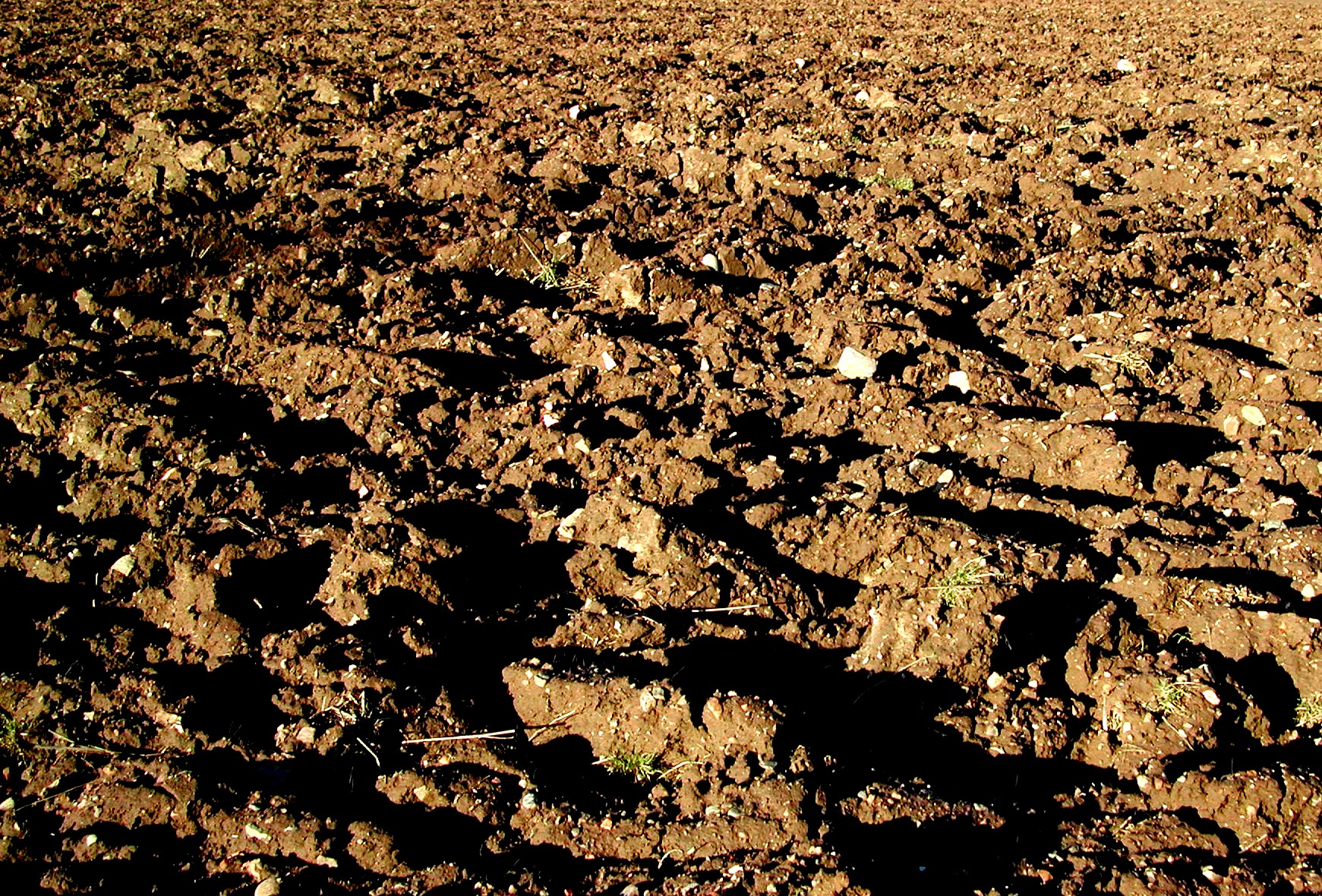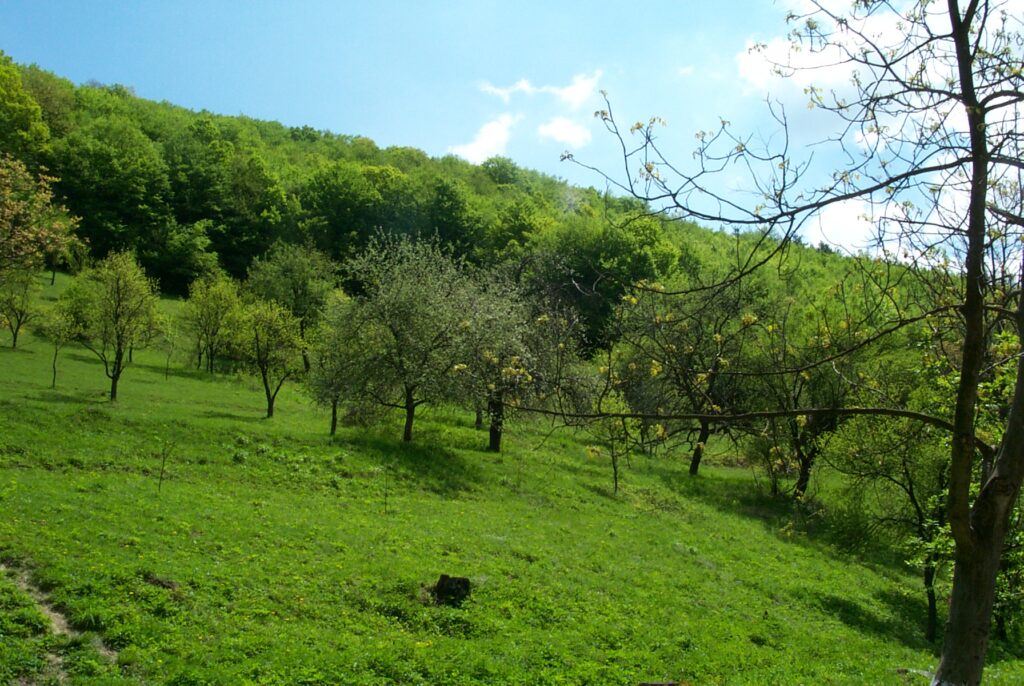In this post, we explain the technical side of how to aid and optimise a plant’s nutrition and water uptake when growing indoors in a controlled environment.
Read more
In this post, we explain the technical side of how to aid and optimise a plant’s nutrition and water uptake when growing indoors in a controlled environment.
Read more
If you want brilliant strawberries, use their own colour to outsmart them.
Read more
Using Microbes is very important. Most people take our drinking water from the tap for granted and thus forget it has been treated with chlorine so we never have to worry about pathogenic microbes cramping our style.
Read more
Put simply, soil is quite possibly the single most important resource to human survival.
Soil is front and centre to planet earth and everything living on and in it.
Read more
The technologically based tools/systems designed for observation and related data management that we humans have developed over more recent years in our evolution, have and is, continuing to bridge some of our innate biological limitations.
Read more
To understand what is in your soil and what you will need to grow what you want, you’ll need to do a simple test first.
Test requirements
Read more
As a grower, one of the most important things to understand is plant transpiration and one of the handiest skills is learning to play within the boundaries of the drying power of your air, otherwise known as Vapour Pressure Deficit, or Difference.
Read more
Do not fall into the narrative trap where you imagine owning an electric car or a new boiler is going to save us from climate change.
We as a planet emit 130 billion tonnes of carbon a year. We draw down 120 billion tonnes through existing biological systems such as trees, plants, and microbes. This means we have a 10 billion tonne deficit each year.
Out of 130 billion tonnes of C, the burning of fossil fuel amounts to 8 billion tonnes of carbon, so we have 122 billion tonnes that aren’t related to our driving or heating our homes. So where is this 122 billion tons of carbon coming from? How might we solve our warming planet if we focus on the 8?
Currently, grassland fires cover around 2 billion hectares a year at a carbon cost of 3 tonnes per hectare. Forest fires cover around 350 million hectares, at between 20-200 tonnes of C per hectare.
 Many of you will have heard me moaning about the fires burning here in Spain. Now you might understand why. It’s all about the land stripped of plants that might otherwise draw down CO2 and remove it from the global heat dynamic.
Many of you will have heard me moaning about the fires burning here in Spain. Now you might understand why. It’s all about the land stripped of plants that might otherwise draw down CO2 and remove it from the global heat dynamic.
Plants not only draw down CO2 but they literally make rain. This rain cools the planet.
The only way to save our planet is to plant it green and learn how to work with plants to best mine the minerals in our soil that make life possible, and create the excesses life on earth frequently produces.
If you want to buy a Tesla, please do, but don’t think you are standing on safe ground because you have. If you really want to have personal impact, save the money and use it to plant trees.

Did you know that there have been 23+ civilisations in human history?
All before us have collapsed with the average civilisation lasting between 300-400years.
All have collapsed because they have degraded the soil’s capacity to hold and release water through the mismanagement of carbon.
Today we have the power to defy this norm because we now understand what it takes to fix the broken hydrological system, push back on desertification and thus we can repair the planet’s natural cooling system before we repeat human history.
The reality is that those people are designing the 2 degree future. They are not therefore, trying to avoid it. You can’t be a gamekeeper and a poacher at the same time.
Hey all, just a quick taste of the mouthwatering work Andy, the bio-brains of the Better Organix outfit, has got going down in his farm in Alicante, Spain.
Read more
In this post, we explain the technical side of how to aid and optimise a plant’s nutrition and water uptake when growing indoors in a controlled environment.
Read more
We at Better Organix know a simple truth, there is plenty of phosphorous (P) in the world, we do not need to continually add it, rather we need to be better at getting it from the abundant fixed pools all around us, in to the active and soluble systems, where we can benefit from its presence.
We can pretend that our added P isn’t the problem, or we can as a community begin to take humble pie and understand we have much to learn.
Read more
The technologically based tools/systems designed for observation and related data management that we humans have developed over more recent years in our evolution, have and is, continuing to bridge some of our innate biological limitations.
Read more
Do not fall into the narrative trap where you imagine owning an electric car or a new boiler is going to save us from climate change.
We as a planet emit 130 billion tonnes of carbon a year. We draw down 120 billion tonnes through existing biological systems such as trees, plants, and microbes. This means we have a 10 billion tonne deficit each year.
Out of 130 billion tonnes of C, the burning of fossil fuel amounts to 8 billion tonnes of carbon, so we have 122 billion tonnes that aren’t related to our driving or heating our homes. So where is this 122 billion tons of carbon coming from? How might we solve our warming planet if we focus on the 8?
Currently, grassland fires cover around 2 billion hectares a year at a carbon cost of 3 tonnes per hectare. Forest fires cover around 350 million hectares, at between 20-200 tonnes of C per hectare.
 Many of you will have heard me moaning about the fires burning here in Spain. Now you might understand why. It’s all about the land stripped of plants that might otherwise draw down CO2 and remove it from the global heat dynamic.
Many of you will have heard me moaning about the fires burning here in Spain. Now you might understand why. It’s all about the land stripped of plants that might otherwise draw down CO2 and remove it from the global heat dynamic.
Plants not only draw down CO2 but they literally make rain. This rain cools the planet.
The only way to save our planet is to plant it green and learn how to work with plants to best mine the minerals in our soil that make life possible, and create the excesses life on earth frequently produces.
If you want to buy a Tesla, please do, but don’t think you are standing on safe ground because you have. If you really want to have personal impact, save the money and use it to plant trees.

Did you know that there have been 23+ civilisations in human history?
All before us have collapsed with the average civilisation lasting between 300-400years.
All have collapsed because they have degraded the soil’s capacity to hold and release water through the mismanagement of carbon.
Today we have the power to defy this norm because we now understand what it takes to fix the broken hydrological system, push back on desertification and thus we can repair the planet’s natural cooling system before we repeat human history.
The reality is that those people are designing the 2 degree future. They are not therefore, trying to avoid it. You can’t be a gamekeeper and a poacher at the same time.
 Bio-Hydrate is a next generation, ultra concentrated, plant based surfactant or bio-wetting agent, penetrator and bio stimulant that is 100% plant safe and non-toxic, which:
Bio-Hydrate is a next generation, ultra concentrated, plant based surfactant or bio-wetting agent, penetrator and bio stimulant that is 100% plant safe and non-toxic, which:
 Root Better is an extremely easy to use, once in a plant lifetime root and seed treatment for most common plant types.
Root Better is an extremely easy to use, once in a plant lifetime root and seed treatment for most common plant types.
It contains a combination of growth promoting and stress reducing mycorrhizal fungi and their related biomes of bacteria which: